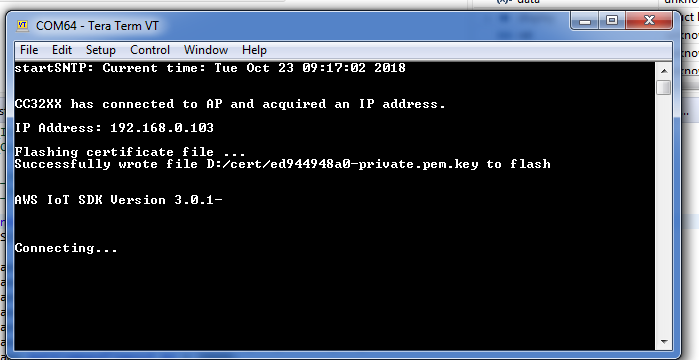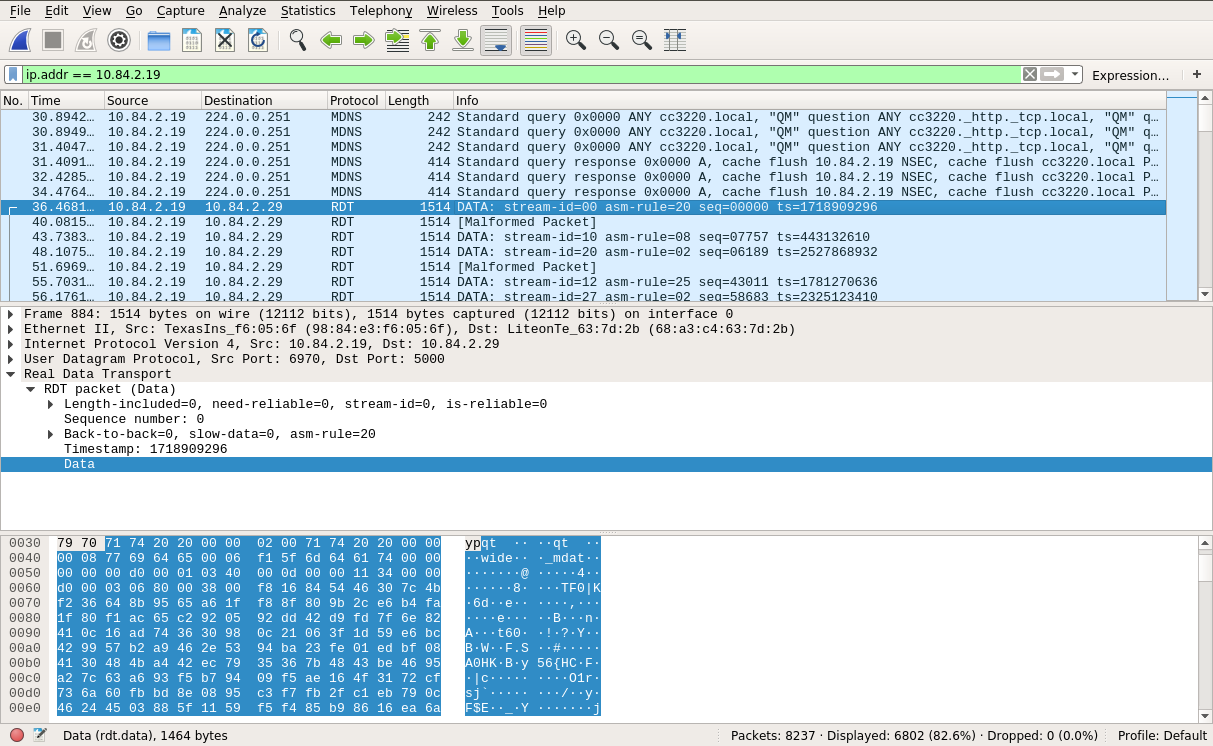Part Number: CC3220
Hello Everyone,
We are planning to work on CC3220 simplelink Microcontroller for one of our IOT application.
Below are the related query regarding our application
1.Using CC3220 and AWS plugin can we stream RTSP/RTP video stream to AWS cloud?
2.Or if there are any other method for cloud streaming (any steps,demos or Guides are available?)
Regards,
Sanath Rai







